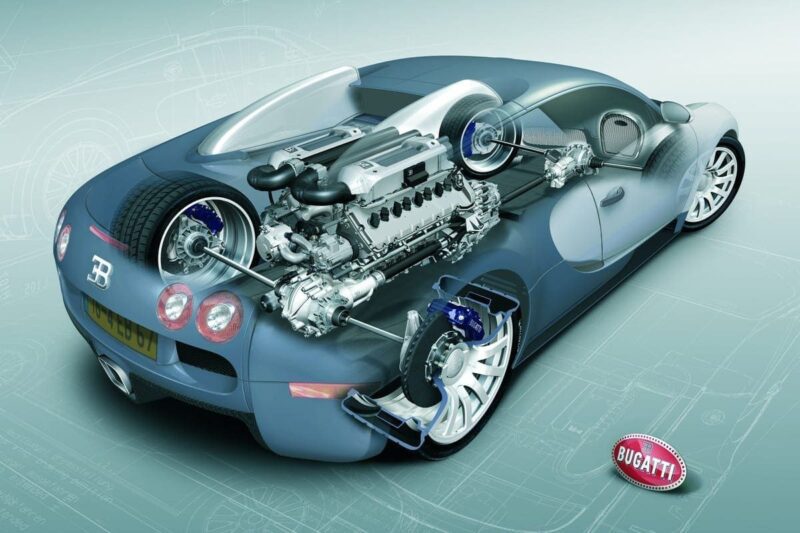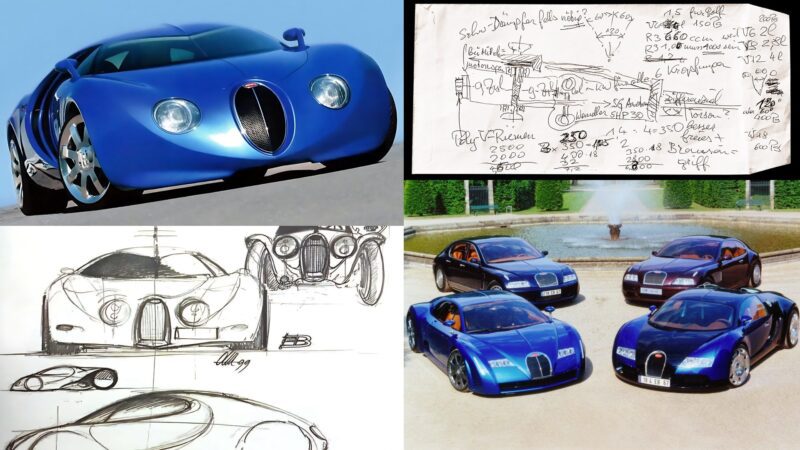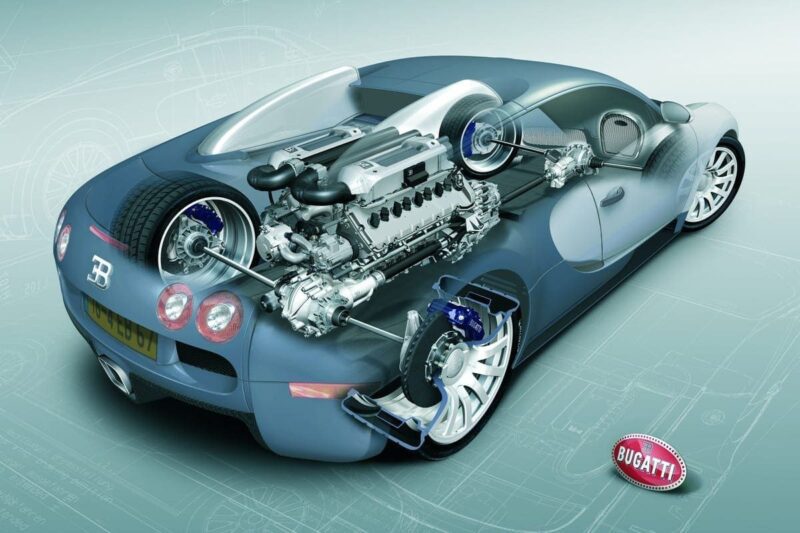Bugatti’s latest tribute to the Veyron for its 20th anniversary turned out not to be another 1,800-horsepower special, a six-figure watch, or even another piece of extravagant lifestyle merchandise. Instead, it’s a logo. Unveiled at the 2025 Bugatti Festival in Molsheim that concluded yesterday, the “20 Years of Veyron” emblem features the French tricolore woven into the number 20 alongside the signature of Pierre Veyron, the gentleman racer who won the 1939 24 Hours of Le Mans for the marque.
It’s a restrained celebration by Bugatti standards, where Visitors to the Parc des Jésuites were treated to a diverse lineup of historic and modern Bugattis, capped with a parade through Molsheim. The timing wasn’t accidental; as today, the 15th of September would have also marked Ettore Bugatti’s 144th birthday.

But there’s a lot to the Veyron story, and you’ll have to look back at some of our earlier coverage to get the big picture. Earlier this year, we documented the story of the record-breaking Veyron on Ferdinand Piëch’s 88th birthday in April. Piëch, grandson of Ferdinand Porsche, personally drove Volkswagen Group’s acquisition of Bugatti in the 1990s, and demanded a car that would reset the limits of engineering. We explored the humble beginnings of the quad-turbocharged W16 engine, why Bugatti chose to honor Pierre Veyron with the name of the world’s fastest production car, and how design concept studies like the EB 118, EB 218, EB 18/3 Chiron, and EB 18/4 Veyron paved the way for the final production version that changed the hypercar landscape forever.
The path to the 2005 debut was anything but straightforward. In 1997, Piëch sketched an 18-cylinder engine on the back of an envelope while riding a train in Japan. That doodle inspired five Bugatti concepts, starting with the aforementioned EB 118 grand tourer unveiled at the Paris Motor Show in 1998. Designed by Giorgetto Giugiaro, the EB 118 utilized a 555-horsepower W18 engine. The EB 218 sedan followed in Geneva, then the EB 18/3 Chiron at Frankfurt, and the EB 18/4 Veyron in Tokyo. Each iteration edged closer to reality, but the final production car arrived with a completely reworked 8.0-liter W16, a powerplant whose reign only ended with the Mistral and all-wheel drive.

When the Veyron finally debuted in 2005, the numbers seemed otherworldly. The 8.0-liter, quad-turbo W16 famously delivered 1,001 metric horsepower (987 hp U.S.) and a verified 253 mph top speed. That run, conducted at VW’s Ehra-Lessien test track with Le Mans winner Andy Wallace at the wheel, marked the end of the McLaren F1’s decade-long reign as the world’s fastest production car. At roughly $1.25 million a piece and nearly $2 billion in development costs, the Veyron was not a business case; it was Ferdinand Piëch’s attempt at it, cementing Bugatti’s place at the top of the performance hierarchy. Over the Veyron’s 10-year-long production run, 450 examples were produced at the Molseihm facility, across several variants and special editions.
Bugatti’s low-key tribute this year, just a logo, a parade, and a festival, feels almost modest for a brand built on spectacle. But maybe that’s the point. The Veyron doesn’t need a flashy anniversary model to prove its place in history. 20 years on, it remains the car that redefined what “fastest” means, tied together Ettore’s artistry, Pierre’s racing spirit, and Piëch’s uncompromising vision.
Source: Bugatti
